Limitations of See and Avoid: Four Die in HEMS Helicopter / PA-28 Mid Air Collision (MAC) – EC135P2+ D-HDRV and PA-28 HB-PGF
On 23 January 2018 DRF Luftrettung Airbus EC135P2+ HEMS helicopter D-HDRV and Flugschule Basel Piper PA-28RT-201T Turbo Arrow IV trainer HB-PGF crashed after a mid-air collision near Philippsburg, Baden-Wurttemberg, in south west Germany.

Representation of Orientation at Impact of DRF Luftrettung Airbus EC135P2+ HEMS helicopter D-HDRV and private Piper PA-28RT-201T Turbo Arrow IV HB-PGF During a Mid Air Collision (Credit: BFU)
The accident, which occurred while each was conducting training, resulted in four fatalities (two occupants aboard each aircraft).
History of the Flights
The BFU safety investigation report, issued 15 September 2021 (in German only), explains the helicopter departed Karlsruhe/Baden-Baden Airport at 12:04 Local Time. The intent was to carry out circuits and emergency procedure training at Speyer Airfield as part of a type training course.
The first landing at Speyer took place at 12:29 before commencing further circuits to runway 16. The helicopter took off again at 12:56 and headed to the south-east. There it slowed to wait for a Cessna 172 that had taken off at about 13:06, before making an approach to runway 34. The approach in that direction as the aim was to train for a tail rotor failure and EC135 Flight Manual guidance is that a crosswind from the left was a more advantageous scenario.
Meanwhile the PA-28 had also been conducting a training flight having taken off from Basel Mulhouse Freiburg Airport, France at c12:05. During the flight the aircraft twice changed its intended destination, ultimately to Speyer.
At 13:02:49, the crew selected the Speyer radio frequency. The air traffic controller at Speyer informed the PA-28 crew both that the current landing direction was runway 16 and of the other traffic in the circuit.
ATC subsequently informed the crew of the EC135 that an aeroplane would be landing shortly and told the PA-28 crew that a helicopter was hovering. The aeroplane’s crew reported “traffic not in sight”.
ATC radar data shows the PA-28 was in a constant descent from about 130 knots at 3000 ft AMSL toward the downwind leg for runway 16. The helicopter was at 50-70 knots groundspeed at a nearly constant altitude, turning toward runway 34 at 13:07:01. At this point both aircraft were c 1.6 nm apart.
At 13:07:12, about halfway through the EC135’s turn, separation was c1 nm.
At 13:07:23, the helicopter was now flying towards runway 34 and separation was 0.6 nm.
Witnesses had observed the conspicuous, slow-moving helicopter and then suddenly became aware of an aeroplane descending toward the helicopter.
Despite a dramatic last moment evasive movement by the PA-28 a collision occurred at about 13:07:41. Witnesses stated that they saw a fireball and aircraft parts falling to the ground.
The right wing of the PA-28 had made contact with the helicopter’s main rotor blades, severing the wing. The helicopter caught fire and its tail boom was also severed. Wreckage was scattered over an area of approximately 350 m by 170 m. VIDEO at the scene.
At the time of the accident, the sun was c20° above the horizon at c190°. Visibility was c 15nm and the cloud base >4500 ft.
The BFU Safety Investigation
The BFU note that the EC135 was equipped with a….
…Bendix King MST 67A Mode S transponder, without ADS-B transmission, and a Garrecht TRX 1500A collision warning device… The TRX 1500A collision warning device was designed to be able to recognize possible collision traffic using FLARM and transponder transmissions, visually display this traffic on an external display and, if necessary, generate warning sounds via an audio channel.
Of note (emphasis added) is that:
According to…the operator, in the selected configuration in the helicopter only aircraft were shown on the built-in navigation display of the EuroNav 6, which were actively transmitting FLARM data. Traffic that only sent transponder signals was not shown. The audio channel for audible traffic warnings was not connected.
The PA-28 had a Bendix King KT 73 Mode S transponder that was in operation but no collision warning device was installed.
Both aircraft were operating under Visual Flight Rules (VFR) and so the principle of “see and avoid” applied:
“See and Avoid” is subject to numerous limitations, such as brightness, contrasts, construction-related visibility restrictions from the cockpit, approach angles and speeds, personal visual performance and reaction times.
The recognition of other aircraft requires intensive airspace observation by the pilot.
The investigators cite a long list of studies that have highlighted the weaknesses in see and avoid.
The BFU note that in the EC135:
The view to the side can be restricted due to the respective door frame and the view upwards due to the sun protection. For the pilot sitting on the right, there may be additional restricted visibility to the left due to the pilot sitting next to him, the centre pillar of the cockpit window, the rotor brake lever and the helmet holder.
For the pilot sitting on the left, the same impairments arise when looking to the right.
In the PA-28:
To the front right, the view of the pilot sitting on the left can be obstructed by the centre pillar of the cockpit window, the glare shield, the engine cowling and the front right door frame, among other things. For the pilot seated on the right, the view to the right is restricted mainly by the front right door frame.
BFU comment that…
…significant blind spots are created for stationary targets that are on a collision course and suddenly “blossom”.
The [see and avoid] rule should be supplemented with “hear and be heard”. Monitoring radio traffic, especially near aerodromes, can give pilots additional information and a mental picture of the position of other aircraft in the vicinity.
However, this requires informative reports with meaningful position information and intentions so that other pilots or crews can draw their conclusions from them.
You can also draw attention to yourself, for example by turning on the landing lights near the airfield and by asking the passengers to help with the airspace surveillance.
BFU Conclusions
The BFU concluded that the collision occurred because the helicopter crew did not see the aeroplane and aeroplanes crew detected the helicopter so late that their evasive manoeuvre failed. The circumstances included:
- The approach of the helicopter against the active runway direction, due to the emergency procedure being trained.
- The approach of the aircraft into an area difficult or impossible to see from the helicopter’s cockpit.
- The position of the helicopter below the horizon, in an area difficult or not visible from the cockpit of the aircraft.
- An increased workload in both cockpits and associated distraction from maintaining a look-out due to training.
- The distraction of both crews by observation in the direction of any traffic departing at the same time.
- A collision warning device in the helicopter that, when configured, detected only traffic with FLARM.
Safety Resources
The European Safety Promotion Network Rotorcraft (ESPN-R) has a helicopter safety discussion group on LinkedIn.
The UK Airprox Board (UKAB) has released a video with tips for pilots on preventing mid air collisions:
There are six themes from previous incidents that the Board say: “can help cut the risks if pilots apply them every time they fly” (click on the image for more details):
You may also find these Aerossurance articles of interest:
- Alpine MAC ANSV Report: Ascending AS350B3 and Descending Jodel D.140E Collided Over Glacier
- Mid-Air Collision of Guimbal Cabri G2 9M-HCA & 9M-HCB: Malaysian AAIB Preliminary Report
- AAIB Highlight Electronic Conspicuity and the Limitations of See and Avoid after Mid Air Collision
- Military Mid Air Collisions
- Military Airprox in Sweden
- North Sea S-92A Helicopter Airprox Feb 2017
- Mid Air Collision Typhoon & Learjet 35
- USMC CH-53E Readiness Crisis and Mid Air Collision Catastrophe
- Avoiding Mid Air Collisions: 5 Seconds to Impact
- Fatal Biplane/Helicopter Mid Air Collision in Spain, 30 December 2017
- A319 / Cougar Airprox at MRS: ATC Busy, Failed Transponder and Helicopter Filtered From Radar
- Merlin Night Airprox: Systemic Issues
- Alaskan Mid Air Collision at Non-Tower Controlled Airfield
- UPDATE 25 June 2022: NYPD B429 Accident at Manhattan Heliport “Overapplication of Flight Controls”
- UPDATE 20 May 2023: Oil & Gas Aerial Survey Aircraft Collided with Communications Tower

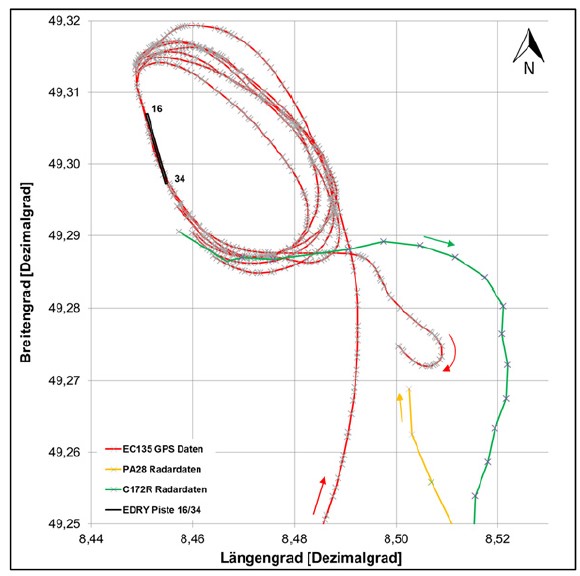
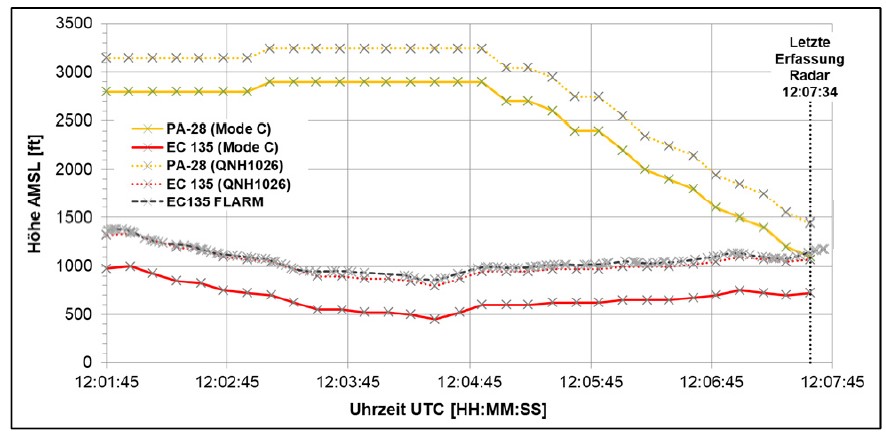
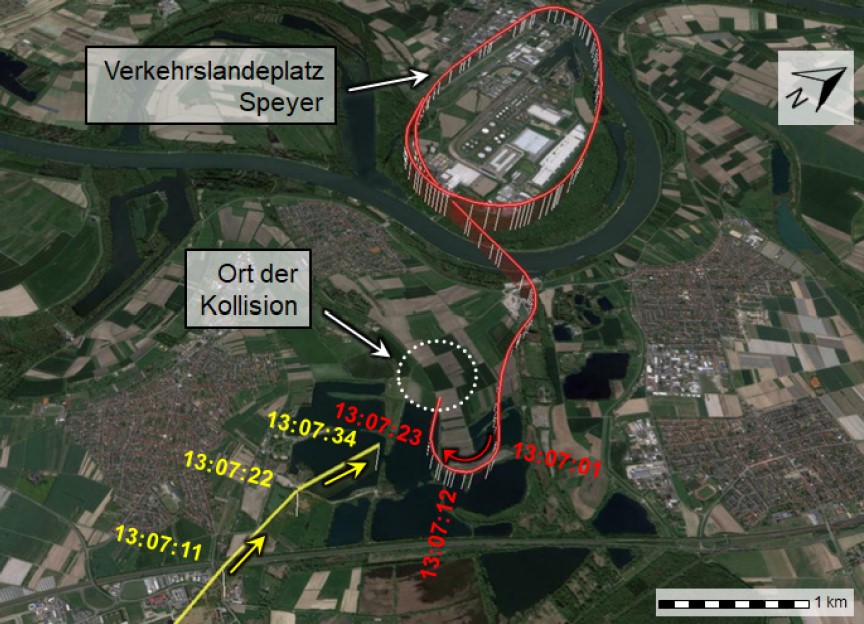

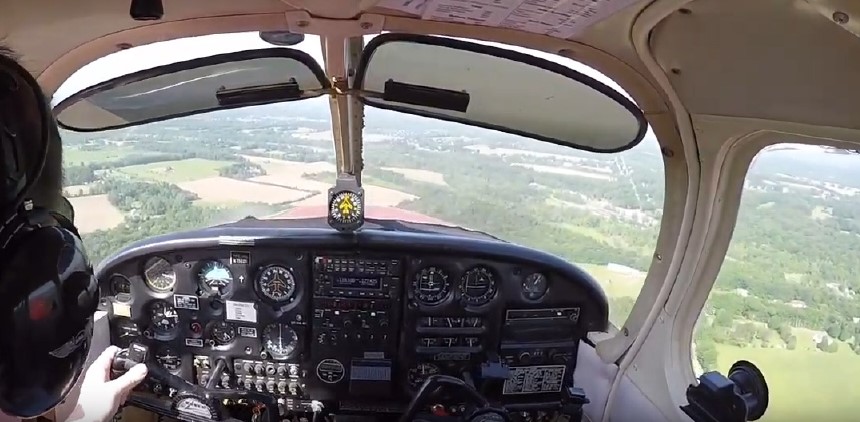
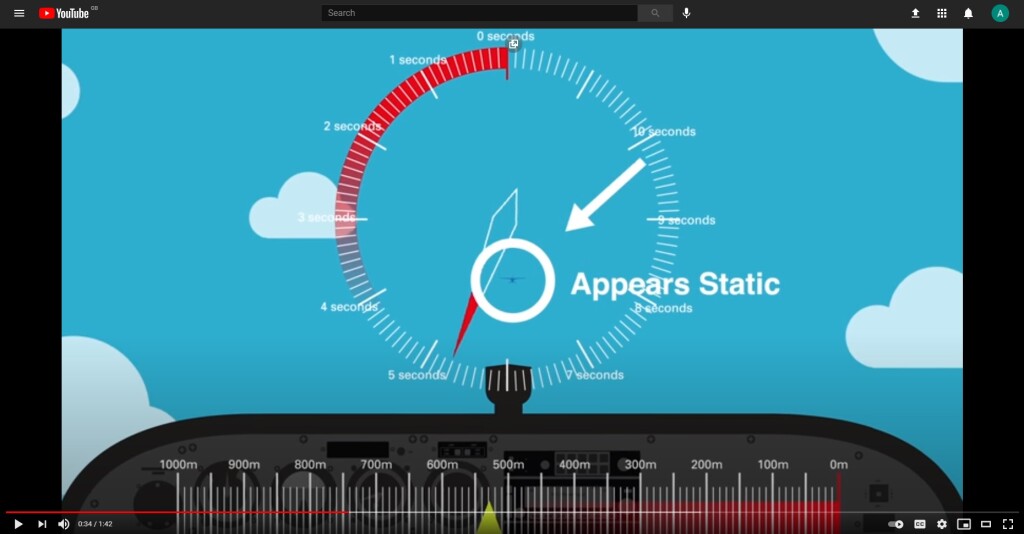

Recent Comments